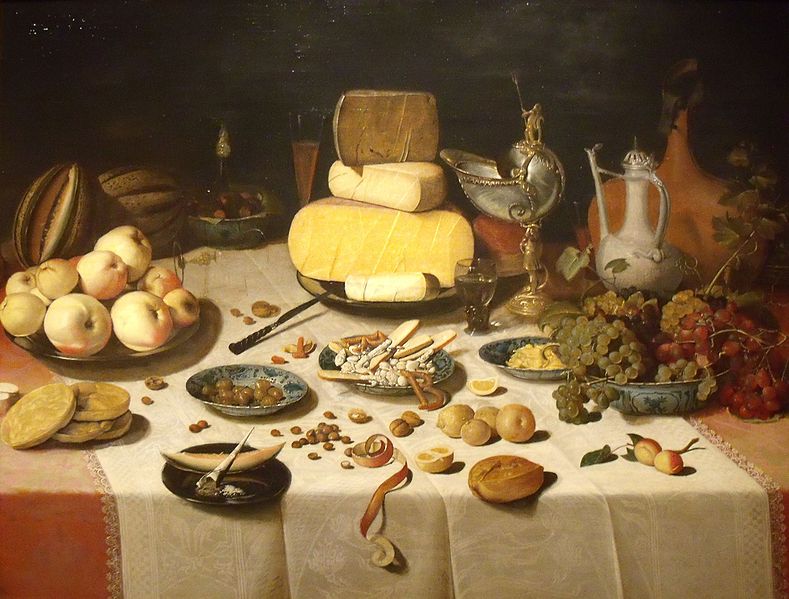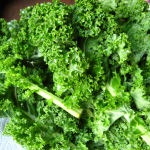On Taste
by Maya Devi Georg

I have always said and believed that a peoples culture was shaped by their environment. Cold and unfriendly people come from cold and hard to reach places, while those that are warm and welcoming are often from coastal regions with long summers.
I still believe this, but I now understand that a culture’s taste is literally shaped by their sense of taste – that the cuisine will shape the aesthetic.
The word ‘taste’ itself can be taken to mean the sense that perceives and distinguishes the sweet, sour, bitter, astringent, pungent, or salty, or the personal inclination or discernment of an individual to appreciate or critique an aesthetic quality. And this double meaning is not unique to English, but is found in many languages.
Consider India. A large country, with many languages, and as many ways of preparing meals. But the food is spicy and colorful, as are the fashions. Bright, riotous colors, often shot through with metallic threads adorn bodies and homes.
In Mexico the national dish is mole, a chocolate and chili sauce that is savory and rich and is served over meat and vegetables alike. Textiles are similarly smothered with embroidered flowers, saints, and colorful patterns.
Italy, where the food is simple but always fresh and colorful, is known for their fashion for the same reason. There is no shortage of fantastic art to be found in Italy, from Ancient Roman statuary, to modern international fine art exhibitions. There is a robust love for beauty, not just in Italy, but in all of the Mediterranean.
All these cultures also celebrate the feminine, paying particular attention to feminine curves in their fashion, and women as subjects in fine art. And although these may be cultures that may at times appear misogynistic, they literally worship the divine mother.
Then there’s Germany, where the color of the food ranges from white to brown, and every shade of beige. The cuisine can best be described as ‘comfort food’ (kaesespaetzle is what mac’n’cheese wants to be when it grows up). Vegetables are primarily cabbage, and pickled. The emphasis on flavor is on texture, primarily creaminess. The aesthetic reflects this. The architecture is modern, with a lot of glass and chrome, and the fashion is utilitarian colors often studded with silver, like peppercorns in a pepper-sauce.
Of course, the reason for differences between a culture’s cuisine has to do with their environment. Temperature, altitude, soil quality, water, all play a role in what food can be grown and raised in a region, while other factors such as potable water and cold storage accessibility will result in what types of spices a culture will use.

But as the Romans said ‘de gustibus non est disputandum’ – ‘in matters of taste, there can be no disputes’. We are lucky to live in a world where we can share cultural tastes, and ultimately better understand one another’s culture.



